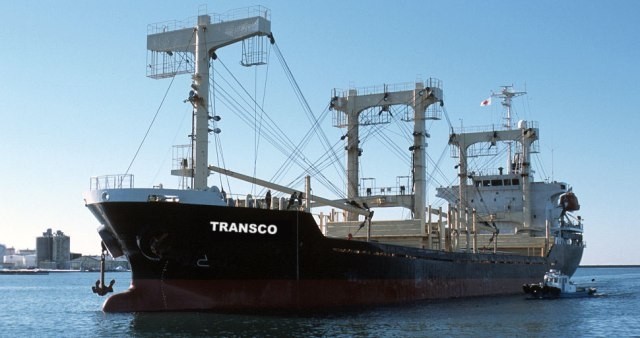Kwakwa made the emphasis at a conference in Hanoi on January 7 to announce the results of WB’s reports entitled ‘Efficient logistics: a key to Vietnam's competitiveness’ and ‘Facilitating trade through competitive, low-carbon transport: the case for Vietnam's inland and coastal waterways’.
Vietnam is increasingly integrating into the global economy, and at the same time is faced with the risks of climate change impacts such as rising sea level and unpredictable weather patterns, said the Director Victoria Kwakwa.
More efficient transport and logistics can play a significant role in increasing productivity, according to the report ‘Efficient logistics: a key to Vietnam's competitiveness’. Competitiveness enhancements can better position Vietnam to benefit from global demand, to better serve domestic markets, to attract investment, and to generate quality jobs.
The report proves that the improvement of domestic export and logistics performance, an important motivating factor for the upcoming growth of Vietnam, is entirely achievable. The report also outlines measures to make freight itineraries more reliable, to make roads safer and more conducive to high-volume commercial use and to increase port sector efficiencies, as well as to better integrate barges, trucks, warehouses, and gateways.
The promotion of inland waterway transport and coastal shipping can open growth orientation with low-carbon emission for Vietnam, said the report ‘Facilitating trade through competitive, low-carbon transport: the case for Vietnam's inland and coastal waterways’.
The report also points out that the authorities need to focus on the emission of local pollutants and greenhouse gases when evaluating interventions by infrastructure and economic policies in the inland waterway sector.
















